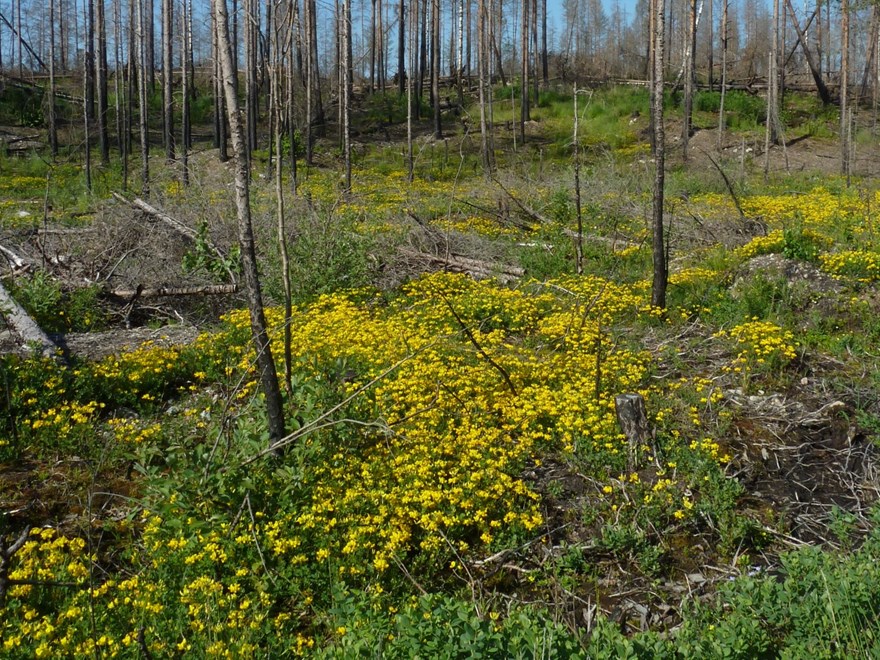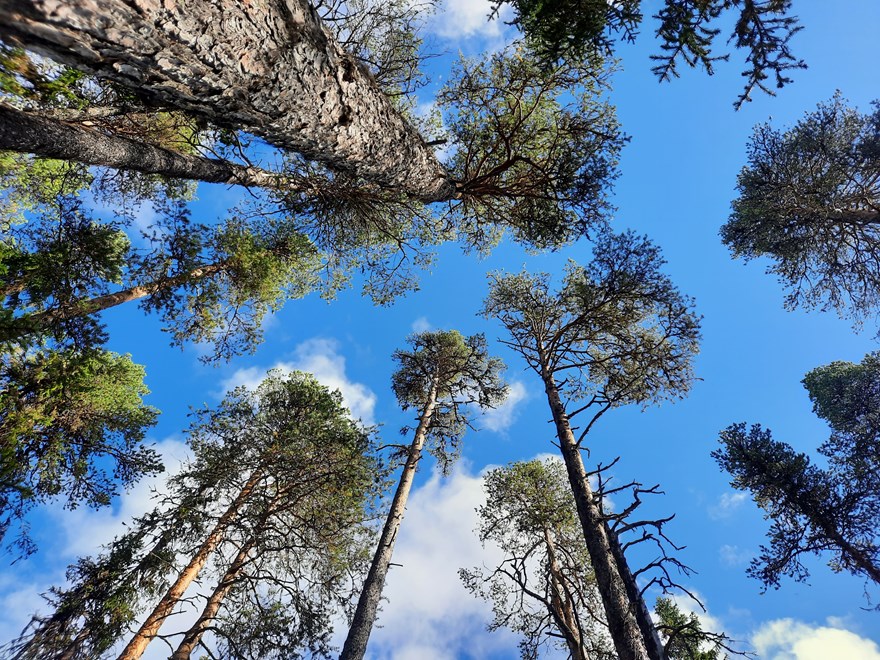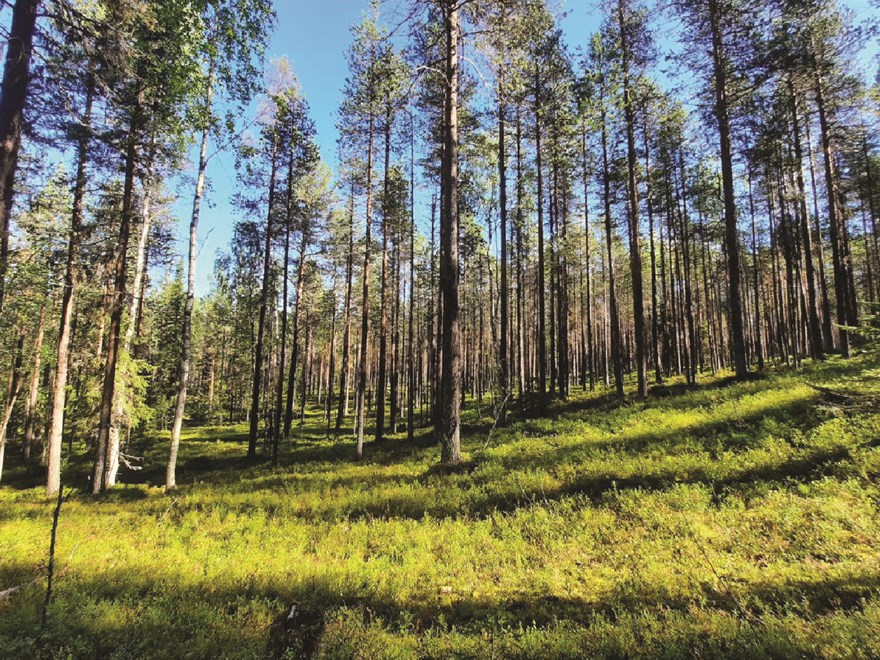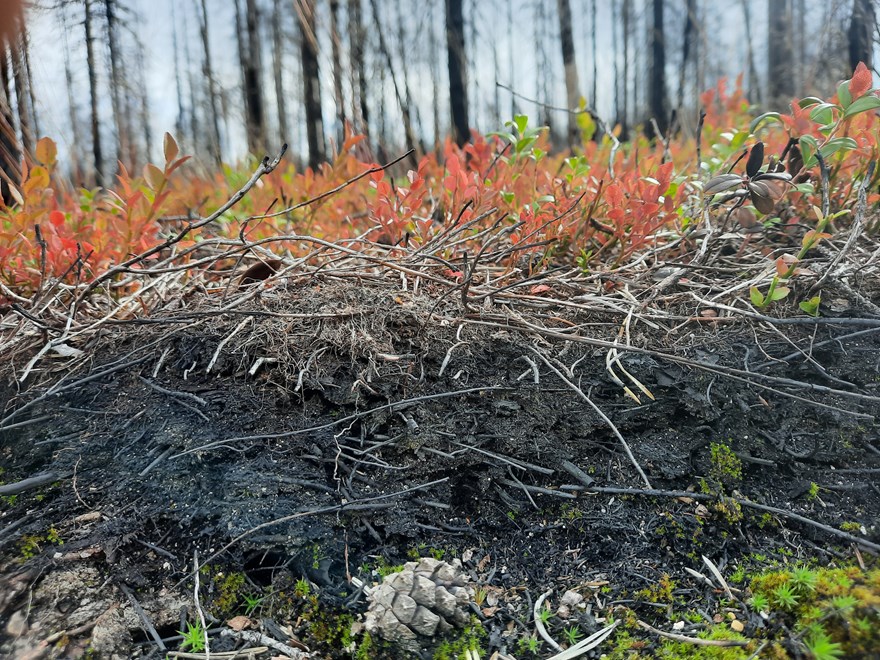Forest ecophysiology
Our research deals with nitrogen nutrition of plants in general and of forest plants in particular. Nitrogen, being the mineral element needed in largest amounts by plants is also, in most terrestrial ecosystems, limiting for plant growth. In boreal forest ecosystems, this limitation is in spite of large stocks of organic nitrogen in the soil. Thus, the production of plant available nitrogen sources is a key process in these forests.
- But which are the plant available nitrogen sources?
- What sources of nitrogen do plants actually use?
Using a broad array of techniques, we are trying to answer this question. We have a strong focus on method development and have access to a unique toolbox ranging from molecular methods for studying the expression of key genes for nitrogen uptake to field-applied microdialysis techniques for studying soil nitrogen fluxes.
But nitrogen is not just nitrogen. We also study how plants develop different phenotypes when supplied with different forms of nitrogen through advanced techniques. Forest trees and other plants form mycorrhiza and the carbon and nitrogen exchange between the fungal and plant partner is one of the key areas of research.
Our research has strong links to contemporary environmental issues such as
- Nitrogen leakage
- Nitrogen fertilization
- Forest growth
- Forest regeneration
For more information contact

Torgny Näsholm, Professor
Ecophysiology Unit, SLU
torgny.nasholm@slu.se, +4690-786 8205



